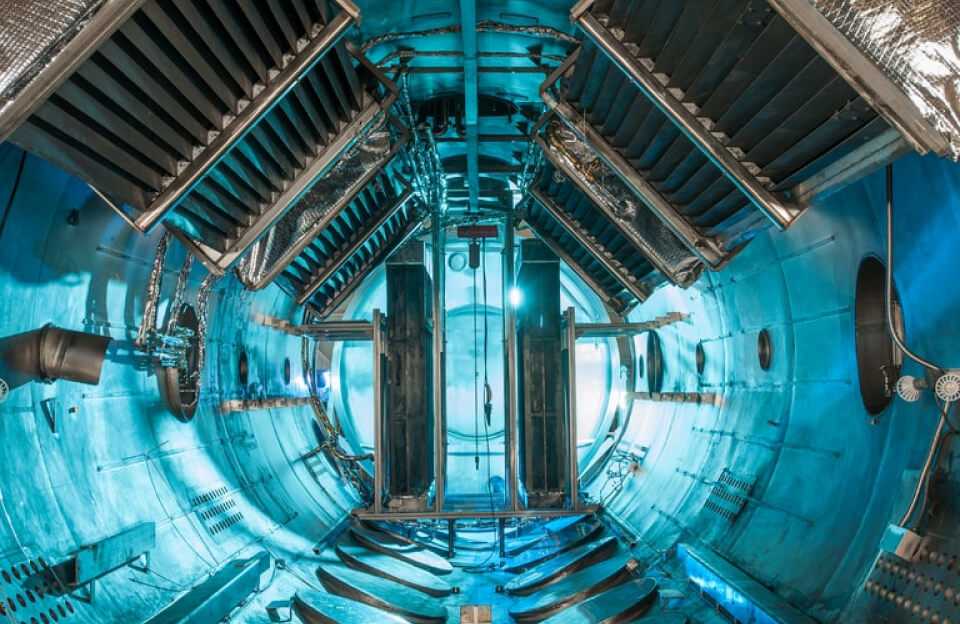VR and AR Toolkits
Exploring Virtual Reality (VR) and Augmented Reality (AR) toolkits opens up a world of endless possibilities. VR immerses users in a fully digital environment, while AR overlays digital elements onto the real world. These toolkits are essential for creating captivating experiences that blur the lines between reality and the digital realm.
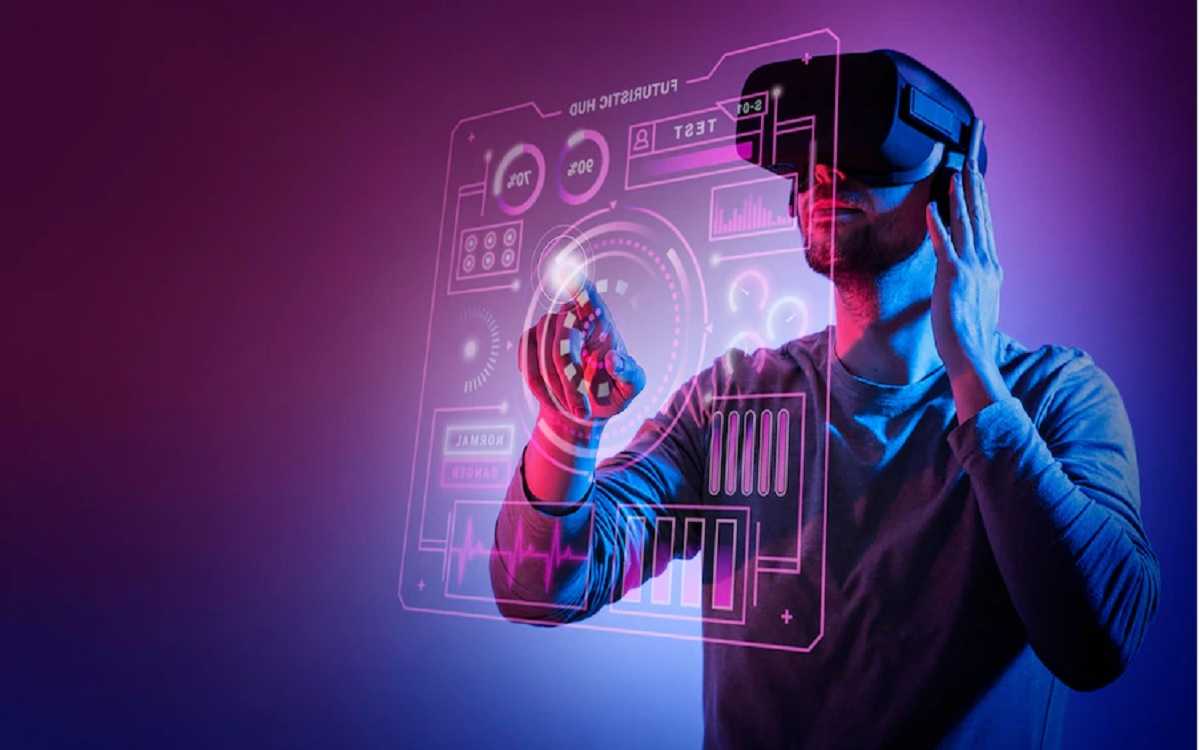
Key VR and AR Toolkit Features
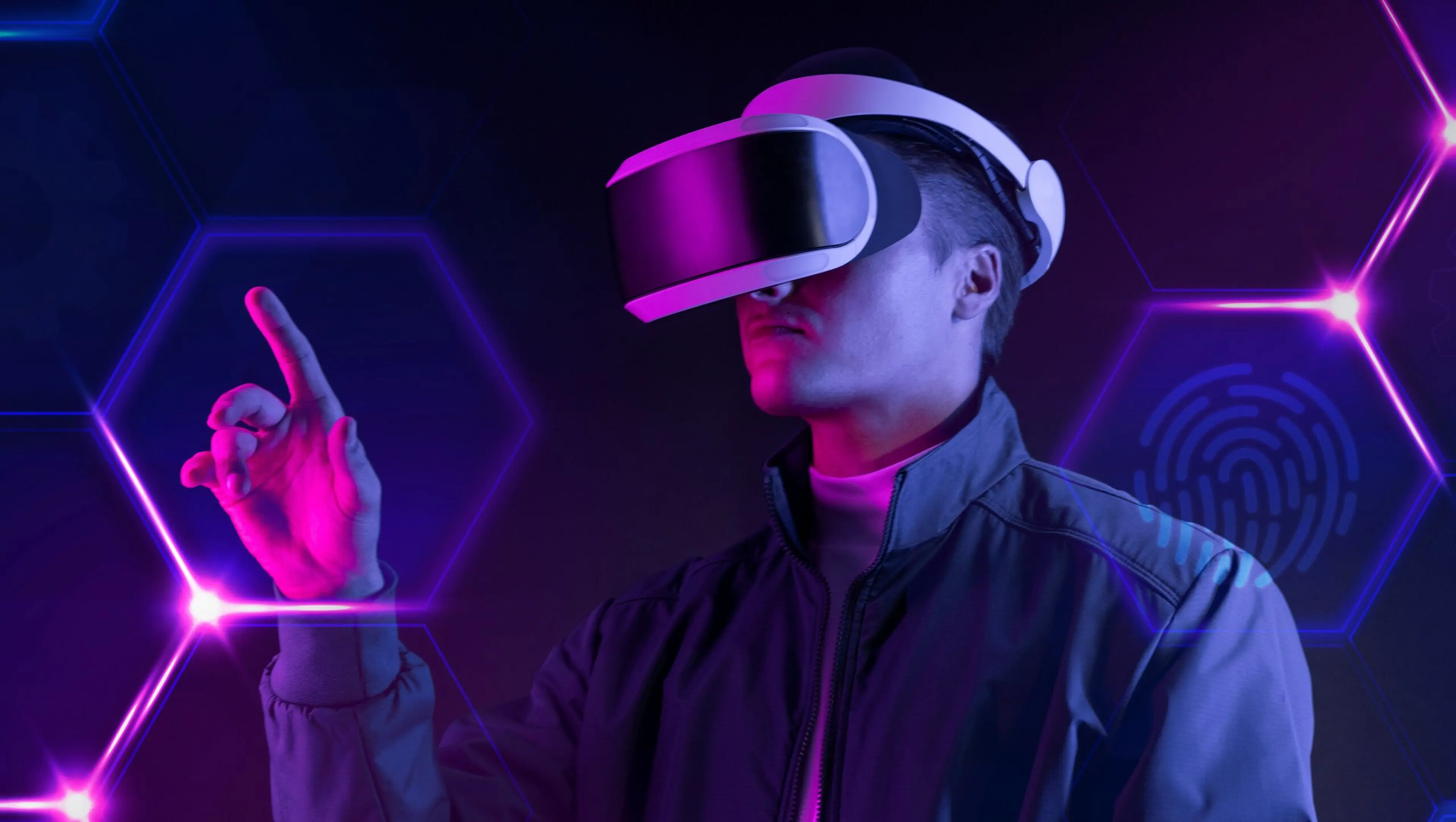
Hardware Compatibility
To ensure seamless integration of virtual and augmented reality experiences, it’s vital to consider hardware compatibility when selecting VR and AR toolkits. Different toolkits cater to various devices, such as headsets, controllers, and sensors. Understanding the compatibility requirements of each toolkit is essential for optimising performance and user experience.
Software Tools and Libraries
Software tools and libraries play a crucial role in the development of immersive experiences. These tools provide developers with the necessary resources to create interactive and engaging content. From 3D modelling software to real-time rendering engines, the availability of a diverse range of software tools and libraries enhances the capabilities of VR and AR developers.
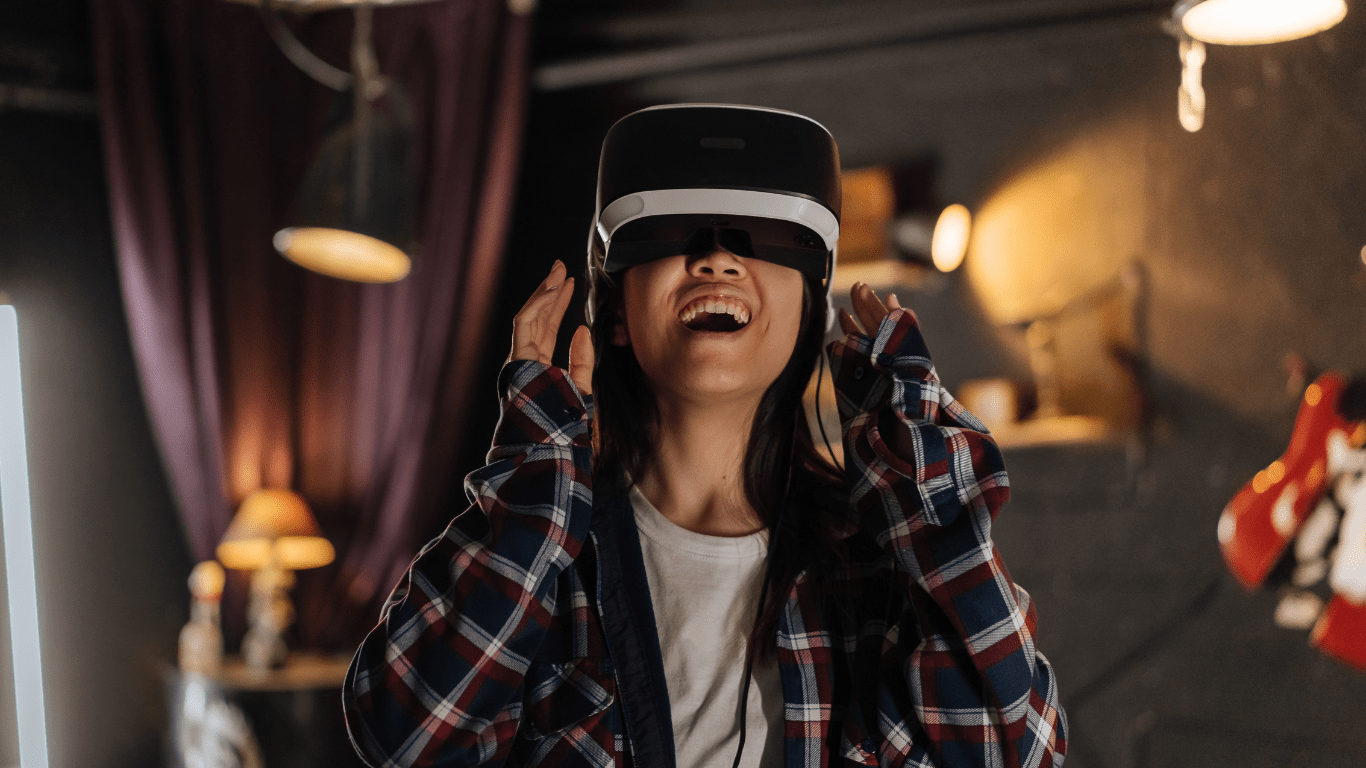
Unity
Unity is a leading platform for creating immersive VR and AR experiences. It provides a comprehensive toolkit that enables developers to build high-quality interactive content. With its user-friendly interface and powerful features, Unity has become a go-to choice for many developers in the industry. One of the key advantages of Unity is its cross-platform compatibility, allowing creators to deploy their projects across various devices seamlessly.

Unreal Engine
Unreal Engine is another top-tier toolkit widely used for VR and AR development. Known for its stunning graphics and realistic simulations, Unreal Engine offers a robust set of tools for building captivating virtual experiences. Developers appreciate its advanced visual scripting system, which simplifies complex coding tasks. Moreover, Unreal Engine’s flexibility and scalability make it ideal for creating immersive environments with cutting-edge visuals.

Historical Development
Delving into the historical development of VR and AR toolkits reveals a fascinating journey of innovation and technological advancements. From the early experiments in the 1950s to the modern-day sophisticated toolkits, the evolution has been remarkable. Innovators have continuously pushed the boundaries of immersive technology, resulting in cutting-edge toolkits that empower creators to revolutionize various industries.
Key VR and AR Toolkit Features
Software Tools and Libraries
Software tools and libraries play a crucial role in the development of immersive experiences. These tools provide developers with the necessary resources to create interactive and engaging content. From 3D modelling software to real-time rendering engines, the availability of a diverse range of software tools and libraries enhances the capabilities of VR and AR developers.
Hardware Compatibility
To ensure seamless integration of virtual and augmented reality experiences, it’s vital to consider hardware compatibility when selecting VR and AR toolkits. Different toolkits cater to various devices, such as headsets, controllers, and sensors. Understanding the compatibility requirements of each toolkit is essential for optimising performance and user experience.
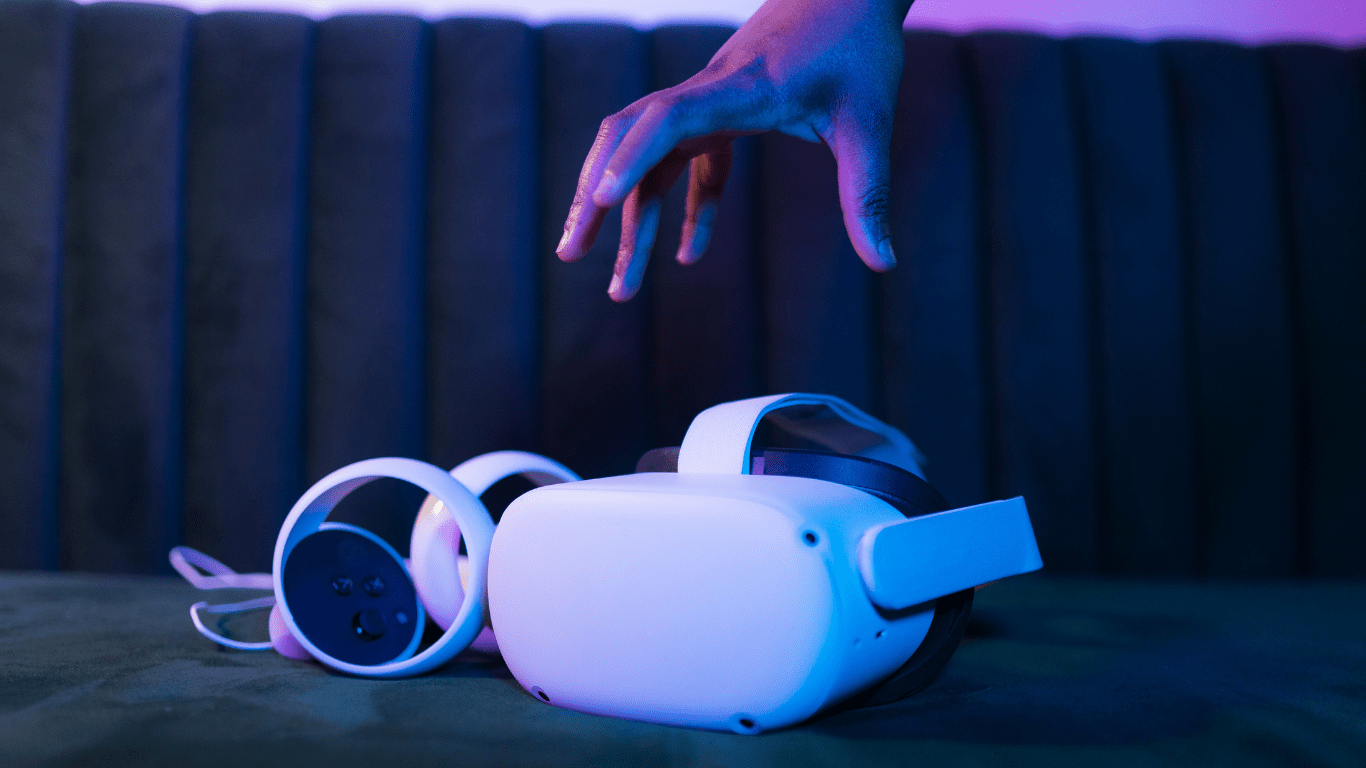


Comparison of VR and AR Toolkits
Platform Support and Performance
When evaluating VR and AR toolkits, platform support and performance are crucial factors. Unity, one of the leading toolkits, offers robust compatibility across various platforms like Windows, macOS, Android, and iOS. Its efficient rendering system ensures smooth performance, making it a preferred choice for developers aiming to reach a wide audience. In contrast, Unreal Engine excels in performance optimization, delivering high-quality graphics and realistic simulations. With its focus on in-depth visuals, Unreal Engine provides a competitive edge in creating immersive experiences.
Community and Documentation
The support ecosystem surrounding VR and AR toolkits significantly impacts developers’ experiences. Unity boasts a large and active community, offering extensive resources, tutorials, and forums where developers can seek help and share knowledge. This vibrant community enhances collaboration and provides valuable insights to beginners and experienced developers alike. On the other hand, Unreal Engine provides comprehensive documentation and guides that empower developers to harness its advanced capabilities effectively. The well-organised documentation ensures that developers can quickly navigate through features and functionalities, streamlining the development process.
Upcoming Trends in VR and AR Technologies
Advances in Hardware
Discussing the advancements in hardware for VR and AR technologies, it’s evident that manufacturers are constantly pushing the boundaries to enhance user experiences. With the demand for more immersive content, hardware developers are focusing on improving display resolutions, reducing latency, and enhancing tracking capabilities.
Expansion of Application Fields
The expansion of application fields for VR and AR technologies is reshaping various industries, from gaming and entertainment to healthcare and education. As these technologies become more sophisticated and accessible, their impact is felt across diverse sectors. In gaming, VR and AR are taking gaming experiences to the next level, offering players immersive worlds and interactive gameplay.
